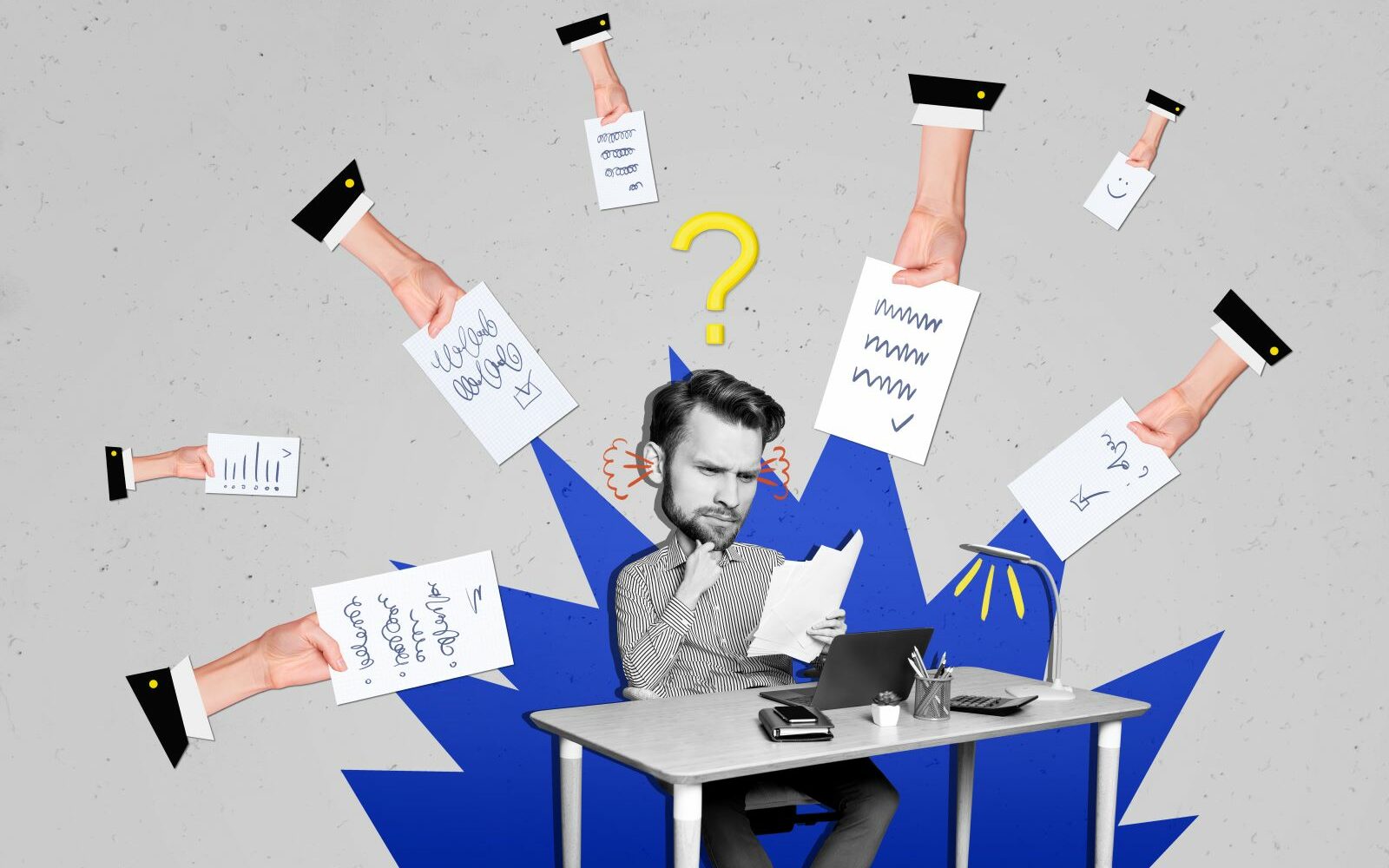The goal of meditation isn’t to control your thoughts, it’s to stop letting them control you.
Dan Millman
Looking back at this past year, companies have seen the need to elevate their focus on employee well being and mental health. The focus has been on implementing good preemptive practices, as we do when wearing a sweater to prevent getting sick, to help employees keep a balanced and healthy mind. Relaxation app, Headspace, reported seeing a 500% [1] increase in companies interested in finding a way to provide mental health help for their employees.
Meditation is widely accepted
While there are many versions of wellness programs, meditation as a workplace practice is becoming very popular. Way back in 2007 Google started a ‘Search Inside Yourself’ initiative, focused on mindfulness techniques and emotional intelligence. This initiative proved to be so popular that it was spun off into its own entity in 2012, focusing on employee wellness full time. The focus on meditation continues with meditation rooms becoming common everywhere from offices to airports.
Also Read: The Unbalanced Work/Life Balance

Bill Gates called meditation ‘exercise for the mind’, and Oprah says it makes her ‘1000% better’. Ray Dalio uses it to check his ego, telling CNBC [2] that he considers it to have been, “…the single most important reason for whatever success I’ve had”. Many executives have found that integrating meditation into their lifestyle has given them an edge on tackling the business world.
The basics of meditation
There are several varieties of meditation, but the main thing to know is that it’s about calming yourself, applying methods to control your focus. Most meditation types focus on a few core elements, such as reducing distractions, getting the body comfortable, and attention to your mental state of being…so why do this? A study from Harvard in 2014 suggests that taking a few minutes to focus on yourself every day can reduce stress, and several other studies have shown that meditation has a tangible effect, including a reduction in blood pressure. There is also evidence to suggest that the positive mental benefits gained from meditation have a lasting effect, as a 2018 study on the cognitive benefits of meditation shows.
Why we need meditation and mindfulness
Our brain releases signals and chemicals to regulate our mood, and meditation may have a part to play in helping us regulate ourselves chemically as well; Dr. Herbert Benson has coined the term the ‘Relaxation Response’, posited to be the opposite of our ‘flight or fight’ response, and encourages your body through meditation to send brain signals and release chemicals beneficial for regulating the psychological effects of stress. [3] Just as a high-intensity situation will get your heart pumping and release adrenaline into your system, putting you on high alert, meditation will decrease your heart rate, lower your blood pressure, and focus your attention.
Mindfulness during a meeting conflict
Meetings can have passionate attendees that are strong advocates for their viewpoints. Mindfulness is a technique to leverage as soon as you recognize a conflict escalating beyond a conversation between colleagues. Without apply mindfulness, meetings can quickly unravel and people fall into their natural defensive mode.
- Catch yourself early
- If you can recognize your stress level escalating early, you have a better chance of returning to a calming state. For example, if you find you speak more quickly when stressed, be comfortable labeling your moments. Any time you start hearing yourself talking faster, take a pause to go through a complete calming exercise.
- Mentally remove yourself from the topic at hand
- The stress trigger may still be present, but for this short moment of meditation, you need to forget the context. At this moment the outcome of the meeting is not relevant. This is important to realize. The goal is not to pause to solve the problem at hand, the goal is to pause and remove yourself from the problem altogether.
- Breathe
- Concentrate on your breathing. Inhale, counting to 4 and exhale, counting to 6. This will slow your breathing and allow you to find a rhythm to concentrate on.
Return to your meeting in a safer place, where you’re less likely to respond to your colleagues in a stressed manner.
Also Read: Series: Powerful Meeting Lessons from Leaders [Vin Scully on Storytelling]
Meditation techniques between meetings
There is plenty of evidence out there to assert that meditation as a practice is helpful. Making a daily routine to set aside time for yourself can help reduce stress and anxiety, and potentially have lasting health benefits. As you run between meetings, or reconnect virtually, try this 60 second meditation technique.
- Find a quiet spot where you can sit comfortably.
- Quietly breathe in through your nose and out through your mouth. Keep your eyes closed while breathing.
- Feel your chest expanding, become aware of your breathing pattern.
- Slowly count your breaths. Keep on pace counting while you exhale.
- If distracting thoughts come to mind, continue to focus on your breathing and counting. Doing both won’t allow room for much more thought.
![]() With back to back meetings often increasing stress in the workday, plan a 30 minute meeting as a 35 minute meeting. Use those last 5 minutes in a quiet place to re-calibrate, clear your mind and return to a state of mindfulness.
With back to back meetings often increasing stress in the workday, plan a 30 minute meeting as a 35 minute meeting. Use those last 5 minutes in a quiet place to re-calibrate, clear your mind and return to a state of mindfulness.
References






